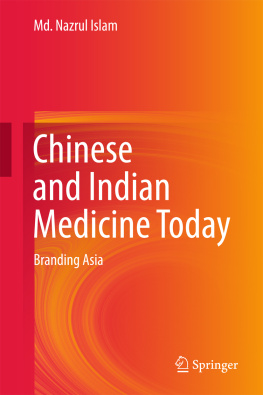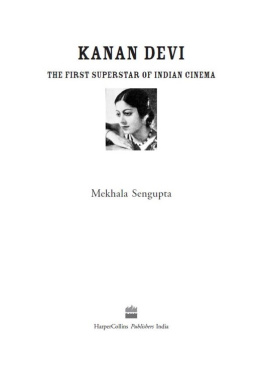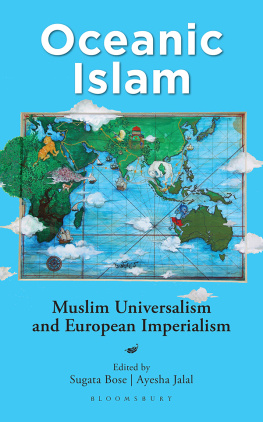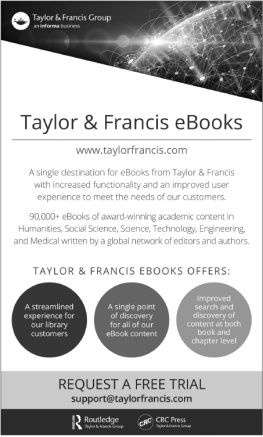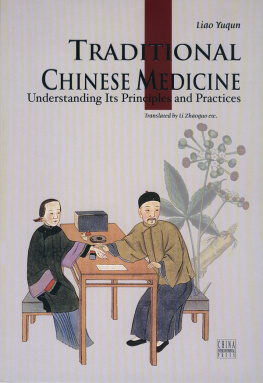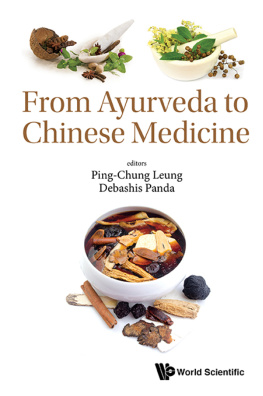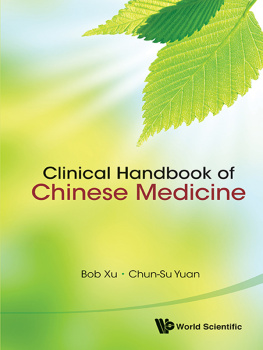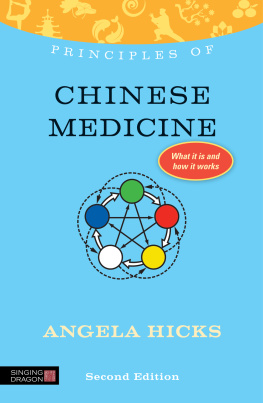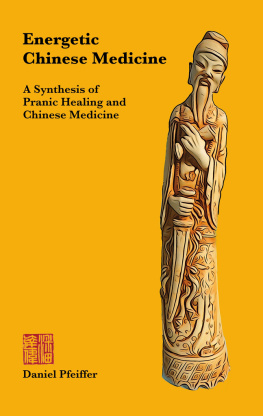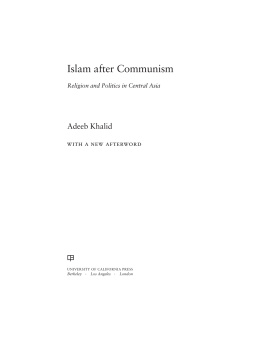1.1 Introduction
China and India, the worlds most thickly-populated countries, have rich medical and health practice, some of which date back to several thousand years B.C. Pluralism and co-existence of a variety of medical traditions within a selected context is a common feature in these two countries. Some medical and health traditions existed as family or ethnic practices, others in organized institutional form. Medical systems in China and India in general were developed as a knowledge based science and relatively dissimilar to a laboratory based Western medical science. The classical medical texts in China such as Huang Di Nei Jing () and Bencao Gangmu (); and Caraka Samhita (), Susruta Samhita (), and Astanga Hrdayam in India put enormous emphasis on prevention and preservation of health. However, contemporary Chinese medicine schools and ayurvedic institutions are ignoring the prime objective of Chinese medicine and ayurveda by emphasizing a curative focus. This book investigates this scenario through ethnographic fieldwork and finds that modern students and graduates from both the countries perceive the theories and methodologies of Chinese medicine and ayurveda similar to Western medicine. There is a growing tendency to integrate Chinese medicine and ayurveda with Western medical thought in the academic curriculum that has led to a gradual decline of the theories and methods written in the classical texts. At the same time, there has been a massive rise of patent drugs being sold under the brand names of Chinese medicine and ayurvedic companies. Most of these drug and health products do not follow the classical formulas found in the medical texts. This book analyses these texts and concludes that contemporary practice of Chinese medicine and ayurveda rarely follows classical texts, and in fact uses Chinese medicine and ayurvedic brands and natural/herbal contents to sell Western health products or practices.
This book particularly focuses on the formal and professional sector of Chinese herbal medicine and Indian ayurvedic medical practice in the urban area. Informal sector of Chinese medicine and ayurveda, especially apprenticeship education and the registration of practitioners were restricted after the formation of the Central Council of Indian Medicine (CCIM) in 1970s in India and the foundation of Chinese medicine colleges according to Western line in 1950s in China. In contemporary Indian, only the graduates from the ayurvedic institutions with Bachelor of Ayurvedic Medicine and Surgery (BAMS) degree are allowed to get registration under the council. Similarly, graduates from the modern Chinese medicine colleges and Universities with Bachelor of Chinese medicine and Bachelor of Integrated Chinese medicine degree or above are allowed to get registration for medical practice although middle schooling education and non-schooling education exist in parallel and have their own regulatory systems. Informal practice also exists in the rural area, which this book ignored because of the lack of regulatory framework. As I noted in the preface that this book is an outcome of three different but mutually interrelated research project carried on in India and China. The purpose of this introduction chapter is to provide an understanding on the historical background; theoretical issues and debates; and the conceptual tools used in the research projects. The methodologies used in these researches and the major techniques for collecting empirical and thematic data are also discussed in this chapter.
1.2 Medical Tradition in China : From Historical Time to Date
Huang Di Nei Jing (The Yellow Emperors Classic of Medicine or Canon of Medicine) a combination of two classics Su Wen (The Basic Questions) and Lingshu (The Spiritual Pivots) is a collection that best represents the ancient theories and methods in the practice of Chinese herbal medicine and acupuncture. It was also one of the earliest classical texts of this kind which systematically documented the etiology, physiology, diagnosis, treatment and prevention of disease (Dong and Zhang 2002: 17). The book came to modern readers as a conversation or dialogue between the legendary Chinese emperor Huang Di and his minister or vassals Qi Bo (Zhu 2009: 265). Huang Di Nei Jing was not written during the period of emperor Huang Di nor was it written by a single person at a single period. It contains materials from the Warring States period, along with passages inserted during the Wei and Jin period (Zhang 2012: 486). However, the current outlook of the book was finalized in the Han period of Chinese history (Ibid). Critics also said that Huang Di Nei Jing has no relation with emperor Huang Di but the medical practitioners from the Han dynasty used the name of Huang Di to receive greater acceptance. There are several English translations of Huang Di Nei Jing currently available in the academic arena. This book used two major translations: (1) Yellow Emperors Canon of Internal Medicine, Original Note by Wang Bing, and translated by Wu Liansheng and Wu Qi and published by China Science & Technology Press; (2) The Medical Classic of the Yellow Emperor, translated by Zhu Ming and published by Foreign Language Press, Beijing. According to Huang Di Nei Jing various form of healing practices in China originated in different parts of the country because of the variation of landscape. For example, the use of healing stone in gua sha (scraping) has come from eastern China, oral herbs or Chinese herbal medicine from western China, moxibustion from north China, use of nine needles or practice of acupuncture from south China, and qigong and massage or tuina from central China ( Huang Di Nei Jing , Twelfth Article 2009: 271272).
Another master piece in the practice of Chinese herbal medicine is Bencao Gangmu (Compendium of Materia Medica) completed by Li Shizhen in 1578 (Li 2012: 33). Like Huang Di Nei Jing there is also several English translation of Bencao Gangmu available for academic and professional readers. This book uses Condensed Compendium of Materia Medica which is edited by Li Jingwei and Translated by Luo Xiwen and published by Foreign Language Press, Beijing. The Bencao Gangmu comprises 52 volumes, describing 1892 drugs, and with 1109 illustrations. This epic classifies drugs and treatments into 16 categories and 62 sub-categories. The 16 categories include: water, fire, earth, metals and stones, herbs, cereals, vegetables, fruits and wood, utensils, insects, animals with scales, shells, fowls, animals, and humans. 62 subcategories include mountain herbs, fragrant herbs, herbs from swampland, toxic herbs, creeping herbs, aquatic herbs, herbs from rocky land, mosses, miscellaneous herbs, and herbs not yet in use. The book also recorded 1094 floral drugs, 444 fauna drugs and 354 mineral drugs (Li 2012: 3334).
From historical time to date Chinese medical knowledge and practices were transmitted through three different modes: secret; personal; and standardised (Hsu 1999: 1). Secretly transmitted knowledge is intentionally made secret and most of the time it is kept as family secret transmitted through one member to another from that particular family (Ibid). This secret has preserved and transferred from one generation to another and crucial to maintain a stable social relationship among those who are involved. Personal transmission of knowledge followed an apprenticeship mode where a Master and his disciples maintain a personal relationship of mutual trust within which the follower acquires medical knowledge and practice (Ibid: 2). Professionalised mode of transmission is labelled as standardised transmission which generally requires to follow certain rules and regulations adopted by the modern state (Ibid: 2). This book emphasises the standardised form of practice which could be tracked back during Tang Dynasty (598907 A.D.) through the establishment of Taiyishu to train imperial physicians and supervised by the state. Taiyishu was also favoured by the Song dynasty and survived with slight modification until the Ming dynasty (13681644 A.D.) (Huard 1970: 367). The Mongols those founded Young dynasty in China also valued Chinese physicians and re-established Taiyishu . They gave physicians a levy privileges and created the taxation and judicial category Medical Households in China (Shinno 2013: 140). Taiyishu taught various medical specialities such as internal medicine, material-medica, ophthalmology, forensic medicine, dietetics, sexual hygiene, paediatrics, gynaecology, and dermatology (Gaggi 1979: 1415).

